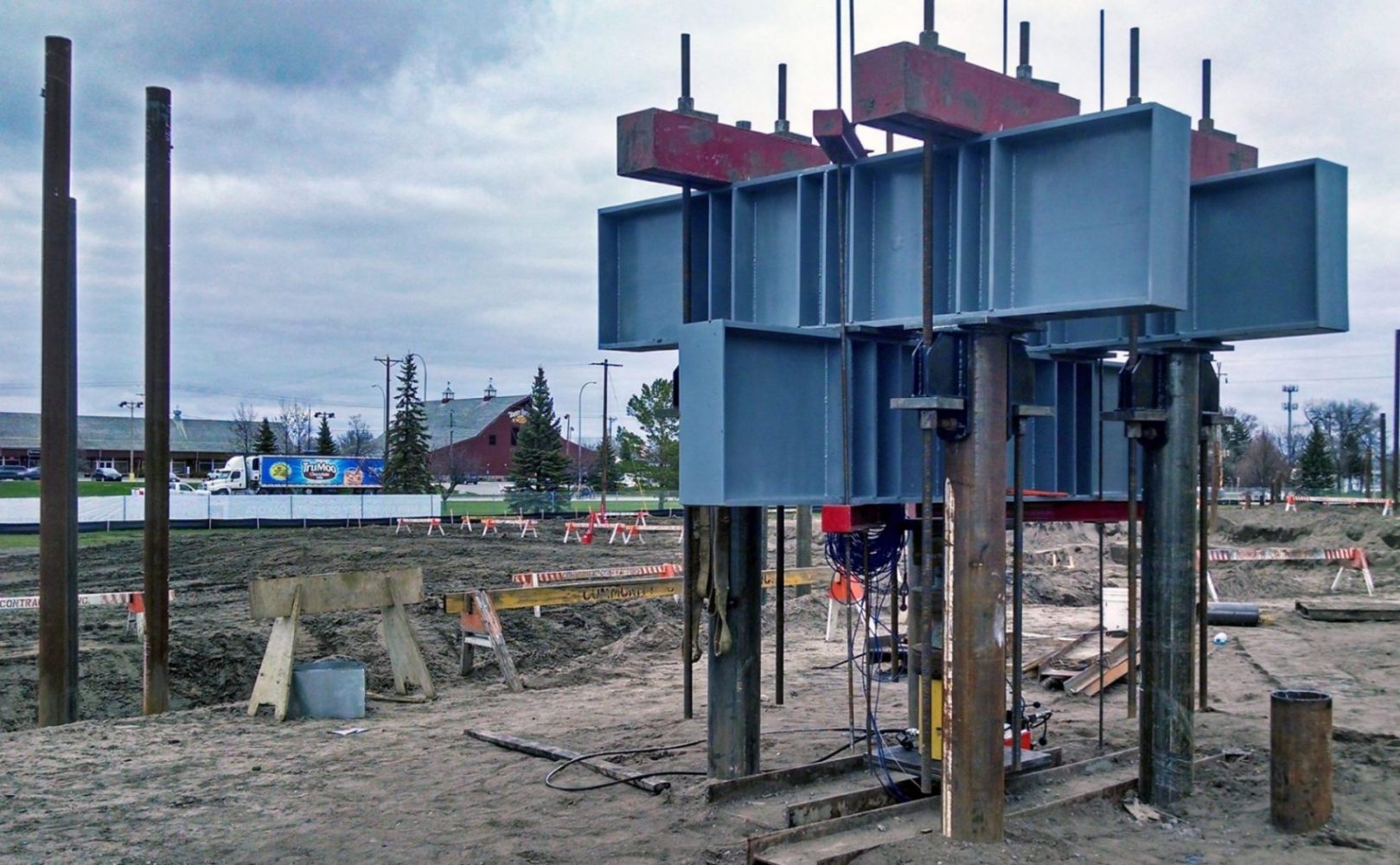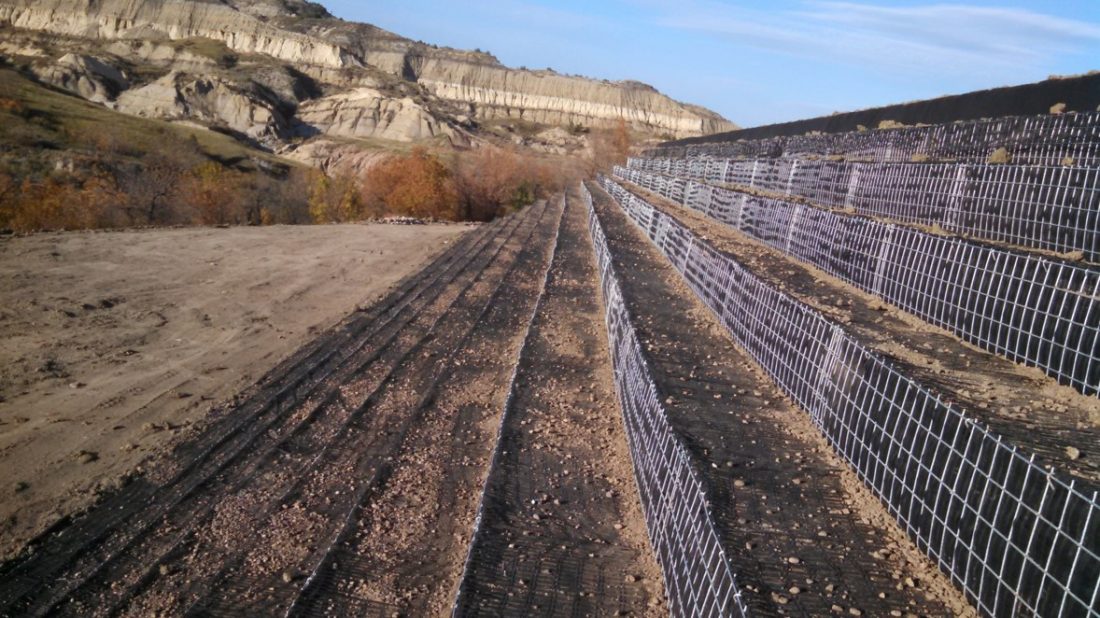
Located in downtown Fargo, North Dakota, the Block 9 Redevelopment project site contains highly-compressible soils in the upper 100 feet with groundwater about 10 to 15 feet below the existing ground surface. The owner prohibited using driven piles to avoid disturbing neighbors of the project and historically, drilled shafts are used in Fargo as a reduced noise and vibration alternative to driven piles. However, developments over the last 20 to 30 years in drilling equipment, load testing and integrity testing resulted in the project team identifying augered cast-in-place piles as a suitable alternative for this project. To reduce the risks...
Read More
